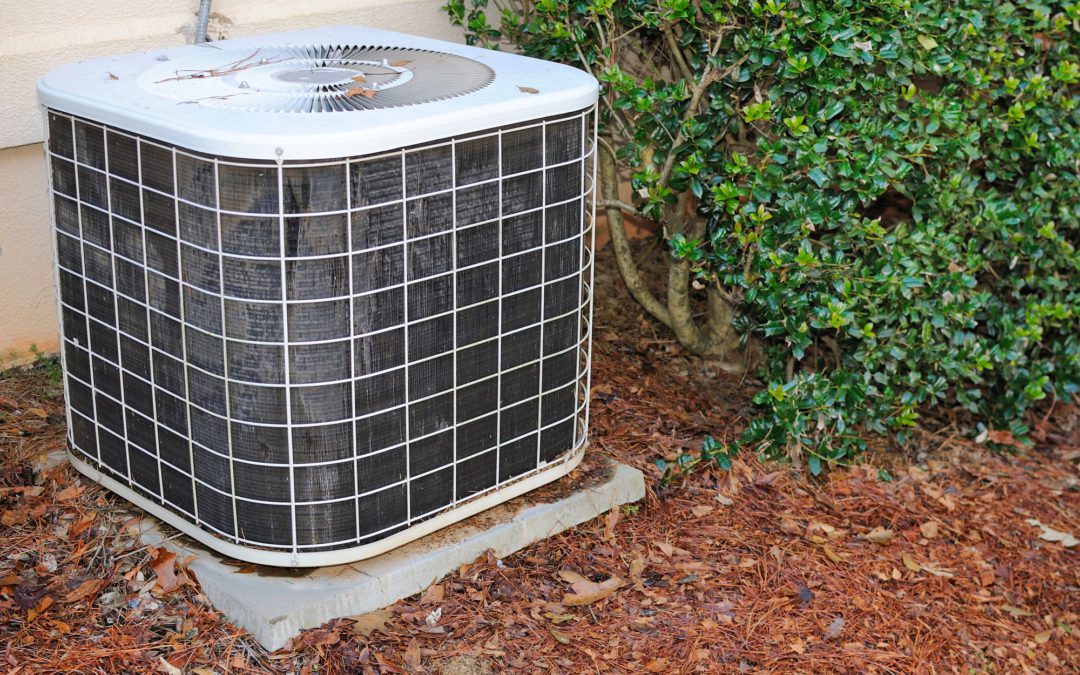Over the last decade and a half, there’s been an increase in concern for the environment. Various industries and households have started embracing the idea to save the planet with building managers and homeowners making decisions that protect the Earth. HVAC systems are one of the primary energy consumers in a building. Variant refrigerant flow (VRF) is an HVAC-related technology that Carrier Industries developed in 1982.
What Are VRF Systems?
VRF systems are essentially multi-split air conditioning units that are relatively new to the United States. However, countries in Europe and Asia have embraced this technology for the past 30 years. With these systems, you can expect a single outdoor unit and several indoor units. It contains both cooling and heating refrigerant, and each indoor unit supplies a specific zone with heating or cooling. Thanks to its setup, VRF systems can distribute heat in one zone and cool air in another simultaneously. One of the most startling findings by the US Department of Energy suggests that VRF systems save an average of 39 percent less energy than traditional air conditioning and heating.
Air conditioning principles are based on removing heat from the space while cooling occurs after the refrigerant is fed through a cycle. VRF is similar to split-type air conditioning in its operation. However, with the former, multiple fan-coil units are linked to one external condenser. When you explore the benefits of VRF, it’s no surprise that more Americans are gravitating towards this new technology.
Zoned Comfort
One of the major benefits of installing a variable refrigerant flow system in your home is its ability to operate differently in separate rooms. Zone heating and cooling is handy if you have a family that is constantly at war regarding the thermostat. VRF eliminates disagreements, and you can keep your family room at 72F while cooling your bedroom at 68F to prepare for a good night’s rest. If you have certain rooms in your home that generate more heat than others, this technology is the ideal addition to ensure each room is at its optimal temperature.
Savings on Energy
Saving energy is one of the reasons VRF came into prominence in the United States. VRF units possess energy-efficient components that are standard. Perhaps, the one characteristic that stands out is the fact that VRF can run at different speeds. Most traditional air conditioners operate by you turning it on or off. VRF units operate similar to a light dimmer – it only consumes the energy it requires to cool or heat a room. If there’s an unoccupied room, you can select to have the system off instead of wasting precious energy and driving up your bill for no reason.
Smart Technology
You wouldn’t consider this benefit as an obvious one initially until you’re using the system and enjoying its operation. It’s possible to control the VRF unit via your smartphone. If you’re in a commercial space, this eliminates the need for costly building management software. The smart aspect of a VRF unit is what sets it apart from traditional air conditioning systems. You can track the condition of the system while obtaining maintenance alerts. As a result, you remain informed regarding your system, which ensures the efficient operation of your cooling system.
Heating and Cooling
As a building manager or the person responsible for maintaining the property, it isn’t easy to keep track of major appliances. Having a unit for heating and a separate one for cooling is a struggle to manage. A VRF unit provides both heating and cooling, which the HVAC industry refers to as a heat pump. It’s more affordable to install one VRF system than a furnace and air conditioner separately. Furthermore, since there’s less stress on the inner components of this system, breakdowns are less frequent, and maintenance is minimal.
These are the four basic advantages of installing a VRF system on your property. However, if you require another reason to convince yourself, consider that this system operates quieter than older air conditioners. If your unit is loud during operation, it isn’t easy to concentrate on studying or even watching television. Families with new-borns and the elderly seem to enjoy the silent operation of a variable refrigerant flow unit.
Conclusion
Most homeowners wait until their air conditioner is in its last moments to research a new HVAC system. However, with the presence of VRF units, it’s worth talking to your local HVAC technician about the needs of your household versus what the system can deliver. Instead of merely requesting an upgrade from your current setup, you should consider this new energy-saving, environmentally friendly option. Variable refrigerant flow systems have been around for three decades, and even though Americans didn’t consider it previously, it’s evident that more people are opting for this system.

